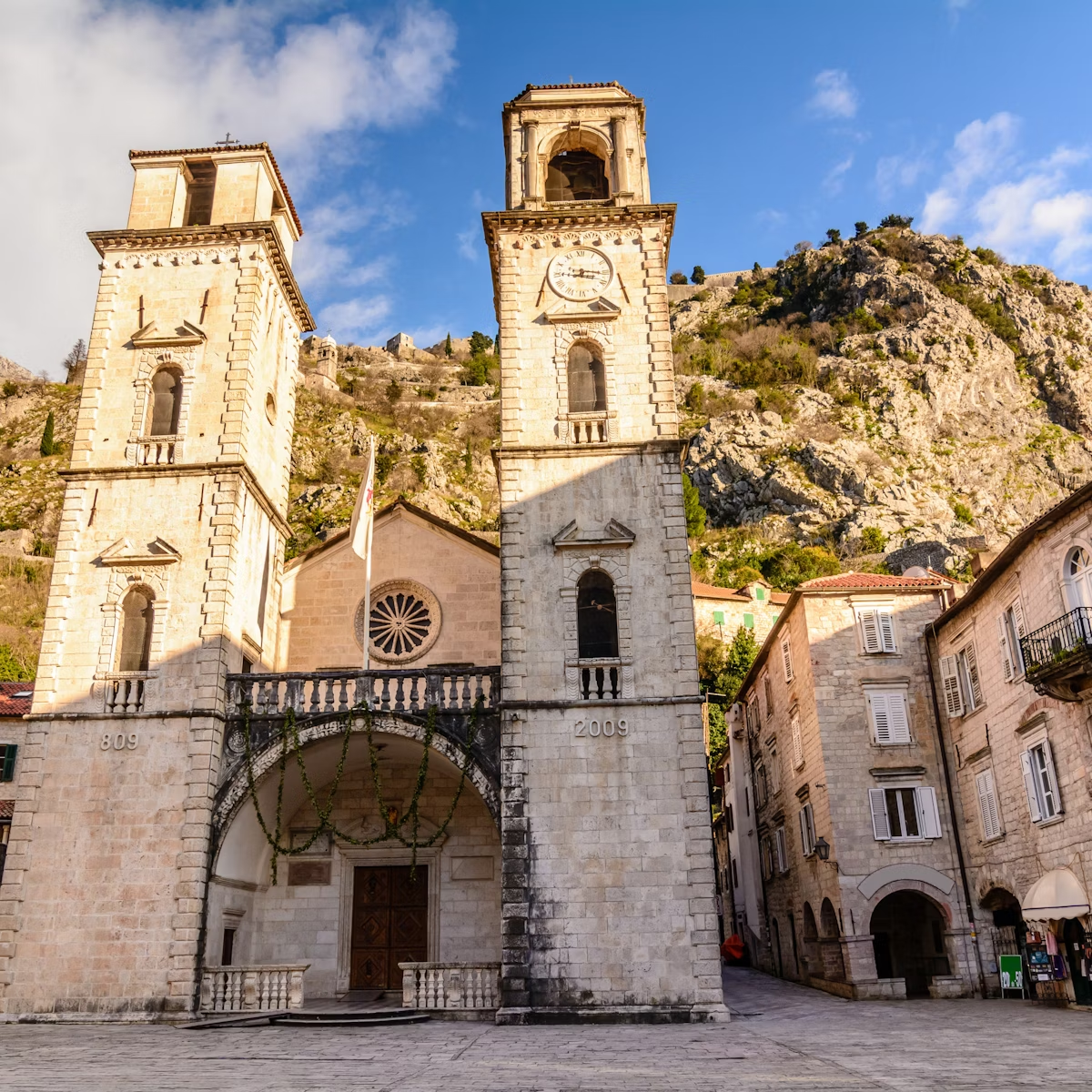Just off the highway in the hills slightly north of Sveti Stefan, this humble 600-year-old monastery, named after the peach-scented water of a brook that flows nearby, rests amid an ancient olive grove. It was an important political centre for the Paštrovići, a local tribe whose distinctive cultural traditions have survived along this section of the coast despite numerous foreign occupations.
The monastery was established in 1413 by Balša III of Zeta. The main church, dedicated to St Nicholas (Sv Nikola), originated in that time, although it was substantially destroyed by the French in 1812 as punishment for the monks’ support of Montenegro’s attempt to overtake the Bay of Kotor. Traces of the original frescoes remain on the left wall, but the rest of the church dates to 1847. The current gilt-framed iconostasis (1863) features paintings by Nicholas Aspiotis of Corfu.
Further up the hill, within a cemetery, are an old schoolhouse and the smaller Holy Trinity Church (Crkva Sv Trojice).
The monastery is well signposted from the main road and an easy walk from either Sveti Stefan or Pržno. It's a working monastery; visitors are welcome, but be sure to dress appropriately.




